BIRD WATCHING IN STA. CRUZ, DAVAO DEL SUR
Text by Henrylito D. Tacio
Photos by Julius R. Paner
Bird watching in Sta. Cruz, Davao del Sur. The world leader in bird conservation has identified 604 bird species found in the country – that’s 6% of the world’s total number of known birds. A third of the bird species are endemic or can only be found in the Philippines.
In its recent State of the World’s Birds report, Birdlife International singled out the Philippines as one of the four countries in Asia as among 10 countries with the highest numbers of globally threatened birds (the other three are Indonesia, China and India).
“Some birds are not meant to be caged, that’s all,” wrote Stephen King in Rita Hayworth and Shawshank Redemption. “Their feathers are too bright, their songs too sweet and wild. So you let them go, or when you open the cage to feed them, they somehow fly out past you. And the part of you that knows it was wrong to imprison them in the first place rejoices, but still, the place where you live is that much more drab and empty for their departure.”
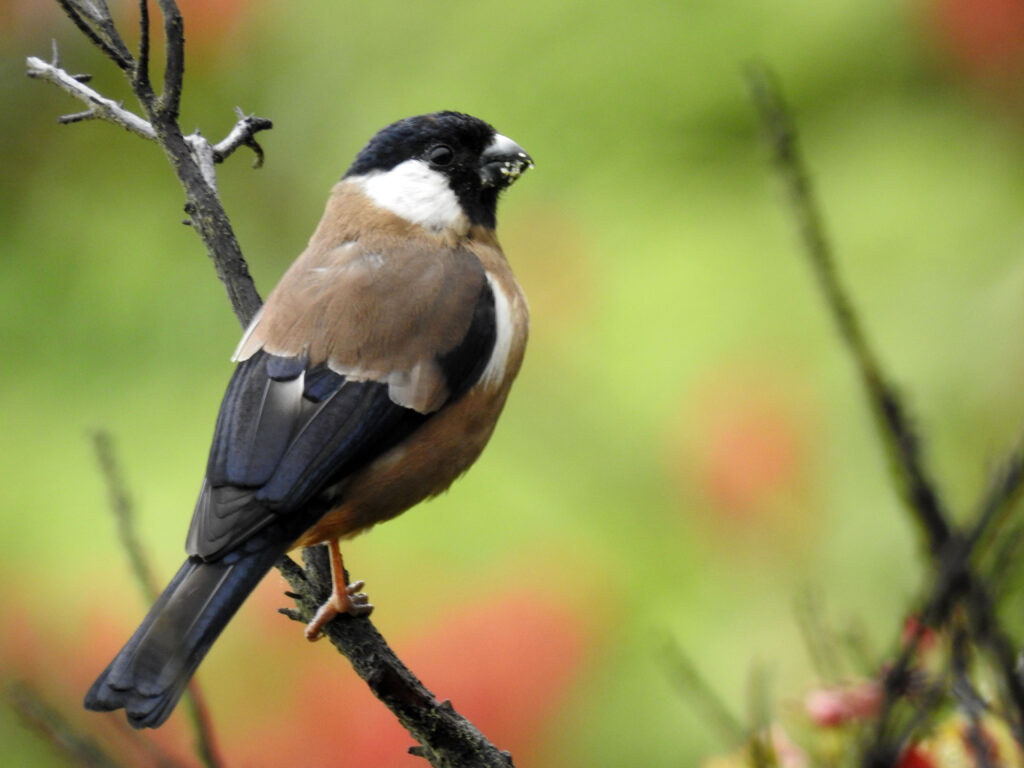
There are many Filipinos who love birds but only a few of them want to see birds in its natural habitat – in the forests, up in the trees, and flying in the open skies. One of them is Julius R. Paner, the tourism officer of the municipality of Sta. Cruz, Davao del Sur since 2012.
His love for birds started when he was a child. “Even when I was still a kid, I already like seeing birds because I grew up in the countryside and there were plenty of birds then,” he recalled.
So, it was not surprising at all when Paner included bird watching as one of the tourism activities in his hometown. But it was just a recent addition.
“The selling point of Sta. Cruz in terms of tourism are our natural attractions like mountain ranges, summits, cave, waterfalls, beaches and forests,” he explains. A lot of activities can be done here like mountain climbing, caving, falls hopping, trail running and island hopping.”
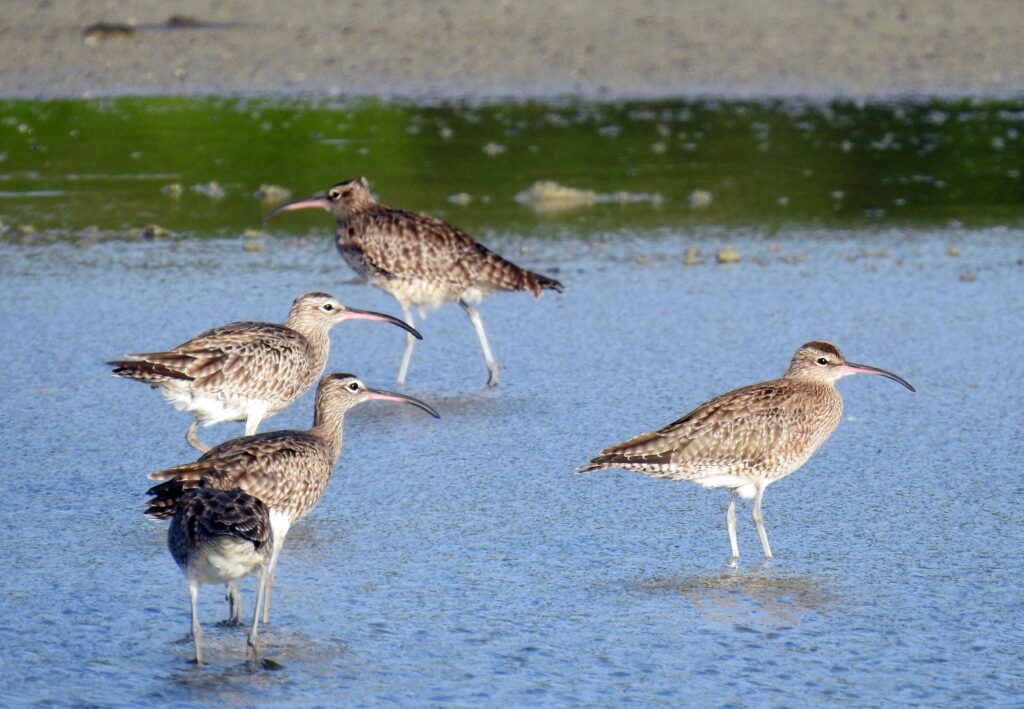
In 2018, he started bird watching as a hobby when he joined a group in Malagos led by expert birder Pete Simpson, who is a member of the Wild Bird Club of the Philippines-Davao. He learned so many things from it that he thought of adding bird watching as tourism activities.
When he presented the idea to the government officials, no one objected. “Our municipal leadership here is actually very supportive of our tourism programs and projects and that includes bird watching,” he says. “In fact, there is a budget allocated here for biodiversity conservation in general, and bird inventory activities in particular.”
So, in 2019, he opened birding activities in the municipality. “The latest ecotourism trend recently is bird watching,” he points out. “Although not a lot of people are into it right now but it has gained tremendous attention from naturalists that’s why we integrated this activity to our pool of must-tries here in Sta. Cruz. We also have plenty of birding sites here, both in the forest and in our wetlands.”
Among the towns of Davao del Sur, Sta. Cruz is the only municipality offering such activities. It’s understandable. “Modesty aside I can say that Sta. Cruz is one of the best birding sites in Mindanao because of the presence of forest and wetland birds which serves as home to more than a hundred endemic, resident and migratory species,” he says.
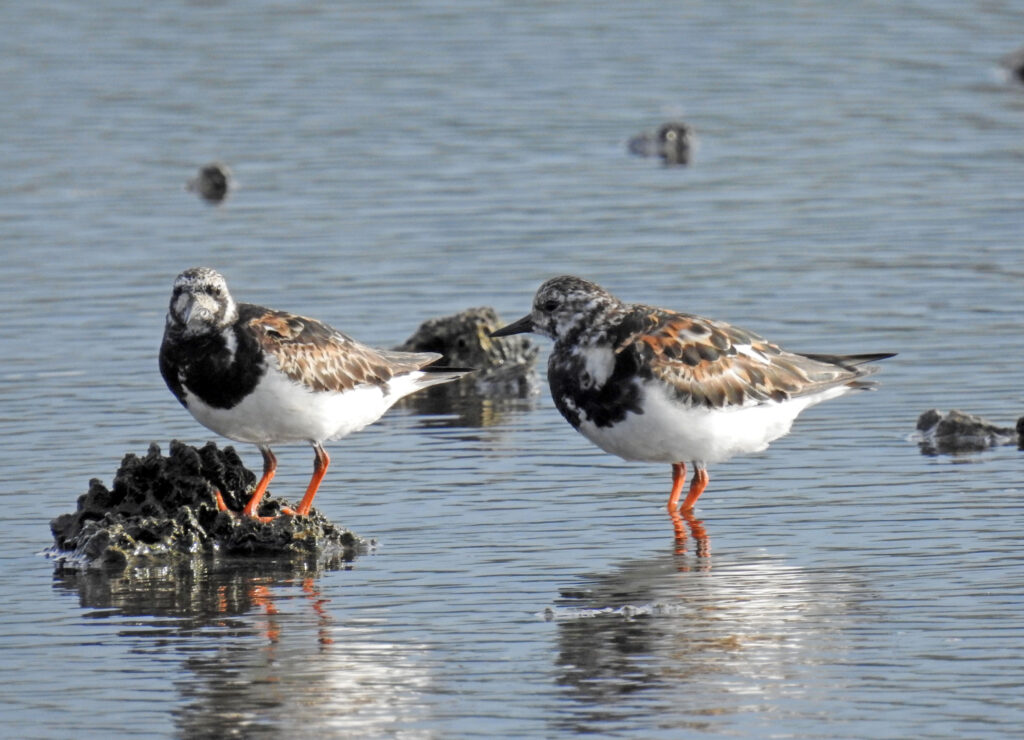
A huge portion of the country’s highest peak, Mount Apo, is part of Sta. Cruz. As such, “we have an excellent record of Philippine and Mindanao endemic birds, or those that can only be seen in the Philippines and Mindanao such as the Philippine Eagle, Apo Myna, Mindanao Jungle Flycatcher, Apo Sunbird and Grey-hooded Sunbird.”
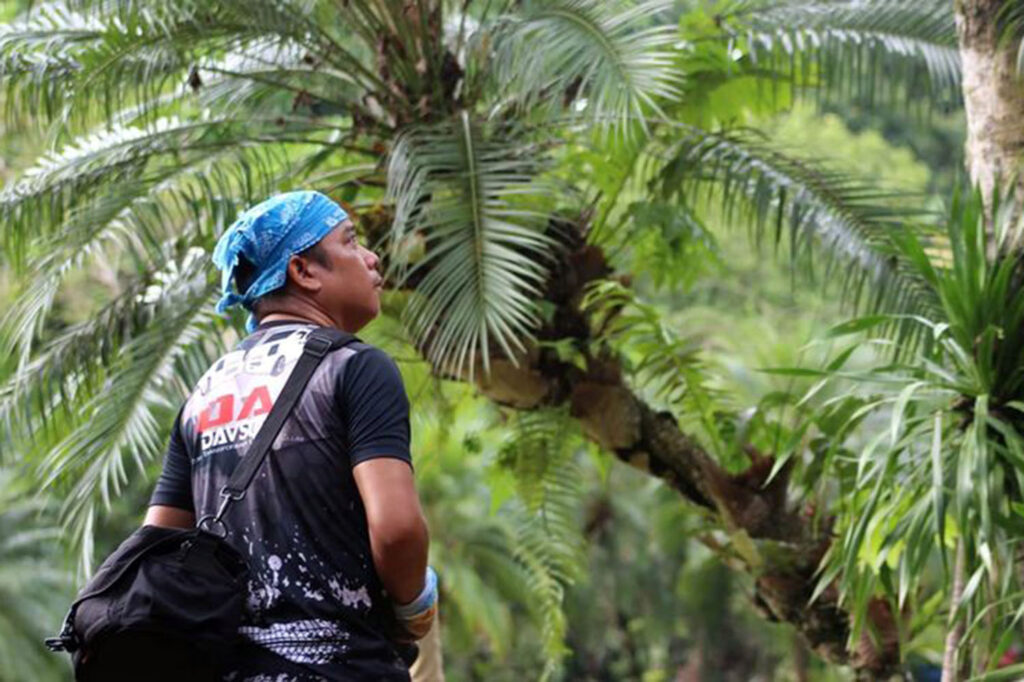
Those birds can be found in the forested upland areas. In its lowlands, particularly those near the waters, exotic birds also abound. “Our coastal stretch and marshes are also refuge to migratory birds flying within the East-Asian Australisian Flyway,” Paner says.
Those who are interested in bird watching in Sta. Cruz must first coordinate with the local government unit through the tourism office. The ideal birding group ranges from 5 to 10 persons.
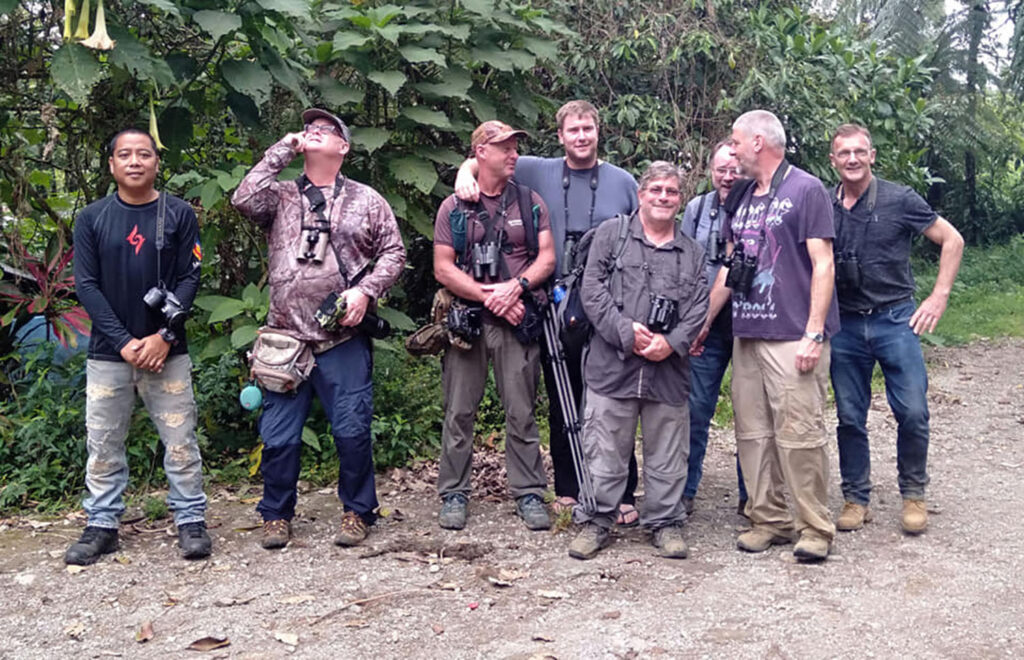
“I would also like to inform everyone that Sta. Cruz now is open for local and domestic tourists for as long the COVID-19 protocols will be strictly followed,” Paner says.
According to him, the best time for birding is early morning from 6:00 in the morning up to 10:00 in the morning. “There are cases where birding requires 2 to 3 days depending on the location especially if it requires major hiking like Mount Apo and if one aspires to see a very rare species,” he says.
Unlike other tourism activities, bird watching needs a lot of work. Aside from doing research before coming into the area, they must also follow all the rules.
“Good planning is necessary,” Paner says. “First is to research the location especially if it is new to the group. Coordination and getting a local guide are also crucial. When doing it in protected areas the ‘leave no trace principles’ should be practiced. The most important is that no birds and other wildlife forms should be harmed while doing birding tours.”
On why he encourages the protection of birds, he replies, “Birds are special because they are the best indicator of a healthy environment. If there are birds in a certain area it means that the ecosystem is stable. Personally, birds are my antidote to stress and depression. I love seeing them in their natural habitat. As I have been saying before they represent the spirit. Birds symbolize freedom.”
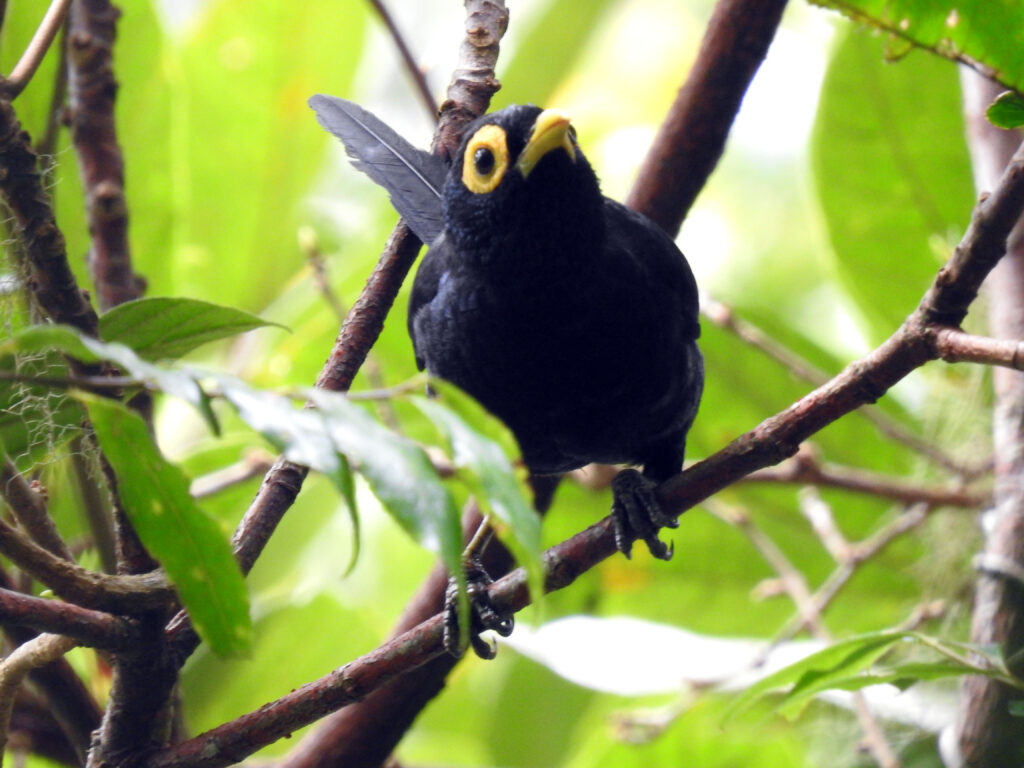
His love for birds is for real. As a matter of fact, he always encourages his co-tourism officers in the province to do bird inventory and start birding tours in their areas. “But most of them are not convinced – at least for now,” he says the tourism officer who finished his Master’s in Business Administration from Davao del Sur State College.

